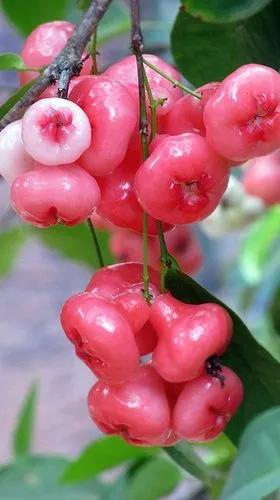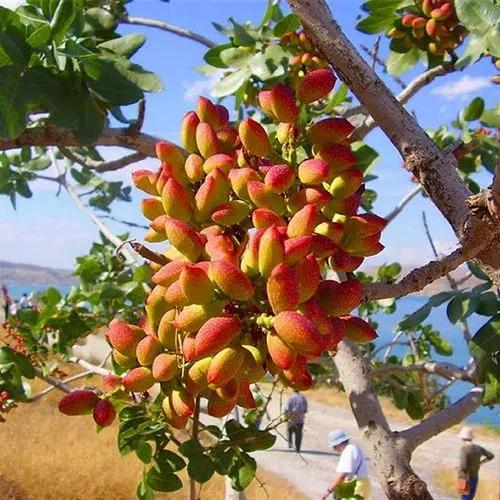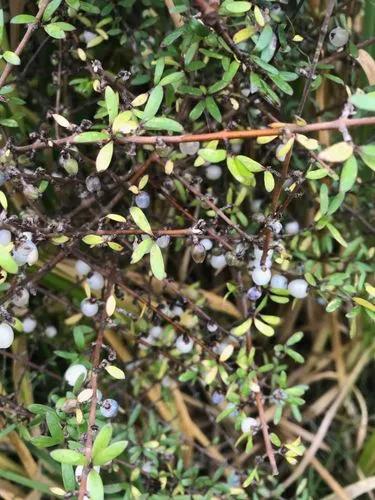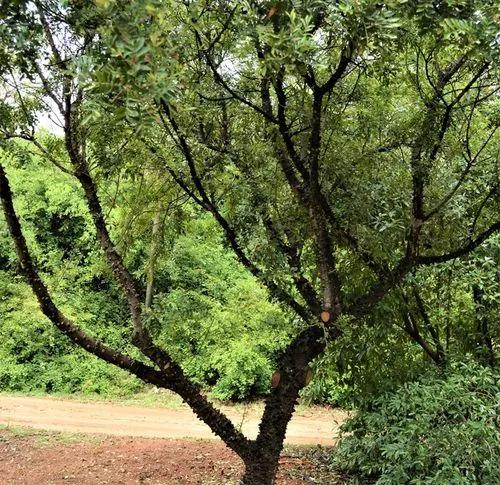Today, we're going to unravel the mysteries of an enchanting plant called the Blood Orange. Brace yourself for a juicy journey filled with vibrant colors and tantalizing flavors. Let's get started!
Blood Orange Care
Citrus × Sinensis 'blood Orange'



The Blood Orange, scientifically known as Citrus sinensis, is a captivating citrus tree that originated in the sunny Mediterranean region. This charming plant is renowned for its striking red flesh, which sets it apart from its orange counterparts. With a moderate growth rate and an average height of 10 to 20 feet (3 to 6 meters), the Blood Orange is a delightful addition to any garden or even a cozy balcony.
How to Care for the Plant

Water

Immediately water your tree and continue to keep the soil moist, watering every two to three days until well established and showing signs of new growth. Keep the area around your blood oranges clear of weeds to prevent them from absorbing the nutrients the new trees need to thrive

Pruning

To keep your Blood Orange tree looking neat and tidy, occasional pruning is necessary. Remove any dead or damaged branches to promote healthy growth. Prune during the dormant season, preferably in late winter or early spring. Remember, a well-pruned tree is a happy tree!

Fertilizer

Give your Blood Orange tree a boost of nutrients by feeding it with a balanced citrus fertilizer during the growing season. Follow the instructions on the fertilizer package, and be sure to water your plant after fertilizing to help the nutrients penetrate the soil.

Sunlight

Last but not least, let's talk about sunlight. Blood Oranges crave sunlight like a sunflower craves sunshine. They need a full day's worth of bright, direct sunlight to flourish. So, find a sunny spot in your garden.

Soil

Just like us, Blood Oranges appreciate a refreshing drink. Keep the soil slightly moist but never waterlogged. Aim to water your tree regularly, allowing the top inch of the soil to dry out before the next watering session. Oh, and don't forget to listen to your plant. If its leaves start drooping, it's time to quench its thirst!

Propagation

If you're feeling adventurous and want to grow more Blood Oranges, you can propagate them through cuttings. Take a 6 to 8-inch (15 to 20 cm) long stem cutting, remove the lower leaves, and place it in a moist potting mix. Keep the soil consistently moist, and with a bit of patience, you'll soon witness new growth sprouting from the cutting.

Temperature

Blood Oranges are sun worshippers but appreciate some respite from scorching heat. They thrive in temperatures ranging from 55 to 85°F (13 to 29°C). However, keep in mind that they can tolerate brief dips to 30°F (-1°C) without significant damage. So, while they enjoy the warmth, they're not too sensitive to a mild winter chill.

Container

Hailing from the continent of Asia, blood orange trees (Citrus sinensis) thrive in warm climates and are ideal candidates for container gardening in cooler areas. Blood orange tree care dictates the need for a temperate climate as the oranges will thrive in USDA zones 9-10. Growing blood orange trees in containers allows one to easily move trees indoors or to another sheltered area in cooler regions or during cold snaps.

Fun fact

Did you know that the distinct ruby-red hue of the Blood Orange's flesh is due to the presence of anthocyanins? These natural pigments give this citrus beauty its unique coloration, making it a showstopper among its citrus cousins.

Popularity

286 people already have this plant 28 people have added this plant to their wishlists
Discover more plants with the list below
Popular articles






